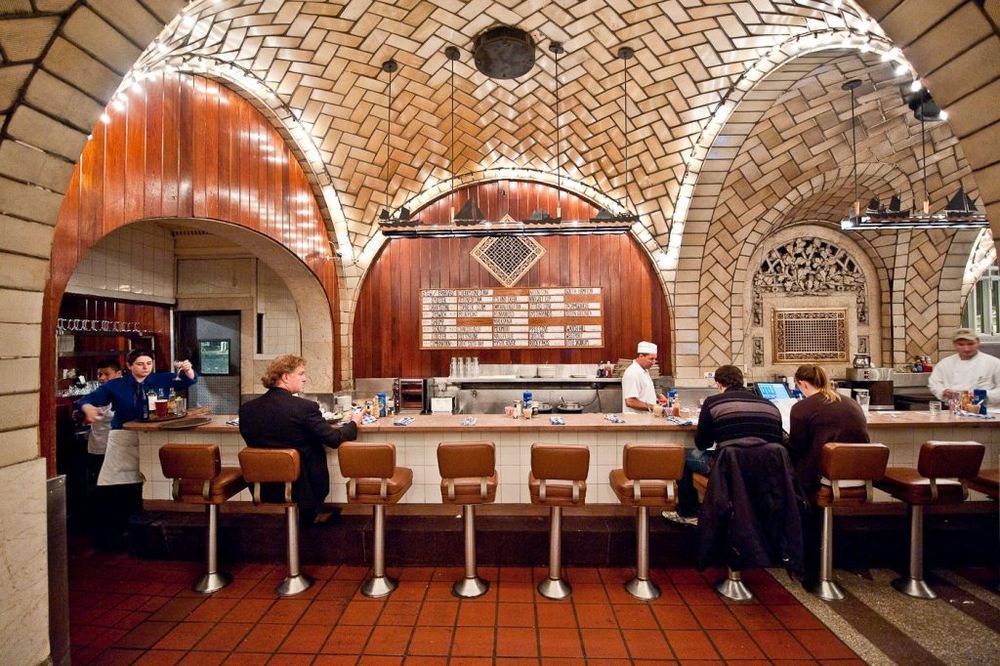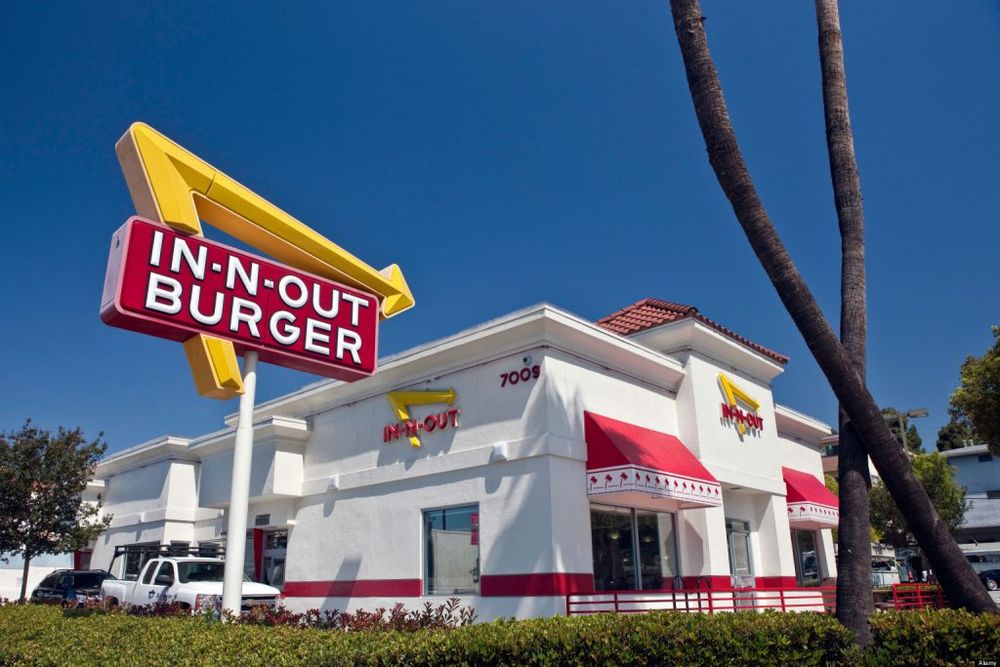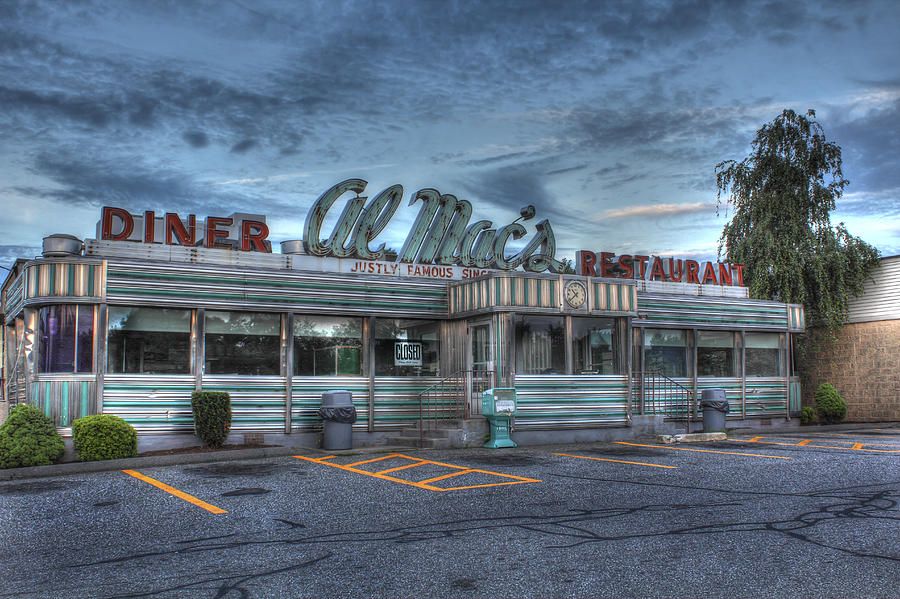Credit ratings agency, Moody’s, puts US on the alert that its restaurant sector is about to go in to recession.

More American consumers are dining at home
It is often said that many of the trends we see in bars, restaurants and across the on-trade start life across the pond in the United States.
Well let’s hope this is one prediction that stays firmly over there and does not visit UK shores any time soon. The restaurant recession.
The credit ratings agency, Moody’s, has this week issued a warning about the future of the US restaurant sector as consumers start to struggle with rising household costs and cutting back on eating out.
Trends that are also emerging in the UK with hospitality sector analysts, Horizons also issuing figures this week that support what is a far more entrenched position in the US.
Horizons has announced a decline in the number of new eating out brands qualifying for its latest Horizons Ones To Watch research. It also revealed there was a slowing down in the rate of expansion for more established restaurant brands in the last six months, after what has been a period of unprecedented growth. Particularly across the casual dining market.
Time to be cautious
Horizons analyst, Nicola Knight, said its figures showed the restaurant sector should be cautious about its future. “This slowing of entrepreneurial activity may be the beginning of a more general slowdown in the foodservice sector, even a short recession across the economy with Brexit being the key reason behind the uncertainty,” said Knight. “It shows that fledgling operators are currently being more cautious in their expansion plans.”
Now the US is facing a whole different set of economic instability than the UK, but there are similarities, particularly around encouraging people to eat and drink out more regularly, when there are cheaper and just as entertaining options to stay at home.
Moody’s, however, is quite clear. US restaurant groups need to prepare themselves for difficult times ahead as consumers have to come to terms with rising costs that are impacting on mortgages, rents, finance, loans, through to every day prescriptions. But noticeably for the on-trade, the average price for general groceries is going down.
The Moody’s Investors Service cut its operating-profit growth forecast this week for the restaurant sector and revised its outlook to stable from positive. It is now expecting operating profit to grow 2% to 4% in the next 12 to 18 months, down from a previous forecast of growth of 5% to 6%.
It might not seem a lot on paper, but the impact on the high street is expected to see closeres and further consolidation.
“Consumers are wrestling with higher nondiscretionary spending needs, while restaurant companies face higher operating costs, predominantly labor and challenged traffic trends,” said Moody’s analyst Bill Fahy in a note to investors.
Its forecasts are backed up by a number of restaurant groups reporting a decline in year-on-year restaurant sales with others expecting more pain to come.
Stifel, the US investment banking and brokerage business, announced in July that it was degrading the stocks of 11 restaurant groups to sell. It said this week: “Investors should think about returns on invested capital (ROICs) on a ‘market-level’ basis as opposed to a ‘unit-level’ basis.”
Reasons for eating out less

With the cost of groceries going down and eating out going up it makes a trip out for a burger that bit harder
It is the reasons why consumers are eating and drinking out less that are pertinent to the UK market. Particularly all the related issues to people simply having less discretionary income to spend as staple prices go up across the board.
Much of which the UK consumer is currently being distanced from as suppliers, producers and retailers have so far absorbed price rises, but that second wave of increased prices will come sooner rather than later.
In the US the cost of eating out is is going up, 2.4% in the year to September just at a time when it is becoming cheaper to eat in. Recent US government data shows that average groceries are down 2.4% in the past year, the biggest decline over a 12-month period since the end of the Great Recession in 2009, according to MarketWatch.
“People need to eat, but they don’t need to go out to eat,” said Mark Kalinowski, restaurant analyst at Nomura, reports MarketWatch.
Stephen Easterbrook, chief executive of McDonald’s, told US analysts recently: “If you look hard, there aren’t many tailwinds at the moment. There’s not great economic growth to help provide a lift. Consumer confidence is muted.”
Moody’s predicts the US restaurant scene will see more price cutting, and money off vouchers and promotions to entice people to go and eat out. But will only serve to cut earnings even more.
Investing in technology

Tap, dial and eat…
On a more positive note, the battle to win back customers is encouraging more chains to invest in technology and apps that help them get closer to their target customer. Reaching out to millennials through different social media channels has long been a strategy for the more successful groups, but it will become the norm across all the sector, says Moody’s. Particularly activity that drives loyalty and repeat purchases.
“Overall, the bifurcation between the better performers and laggards in each segment will continue to widen,” said Moody’s.
UK in growth
The UK, for now, appears resilient and is actually enjoying a period of growth across the on-trade, according to CGA Peach’s latest research.
It said managed pub and restaurant groups reported collective like-for-like sales increases of 1.8% in September against the same period in 2015. The casual dining sector performed even better up 2.2% in September compared to a year ago.
“It’s the third month in a row following the EU referendum that that sector has recorded positive growth, suggesting that consumer confidence remains upbeat following a sluggish start to the year,” said Peter Martin, vice president of CGA Peach.
All very encouraging news, providing we keep one eye on what is happening in the US.










































